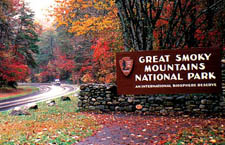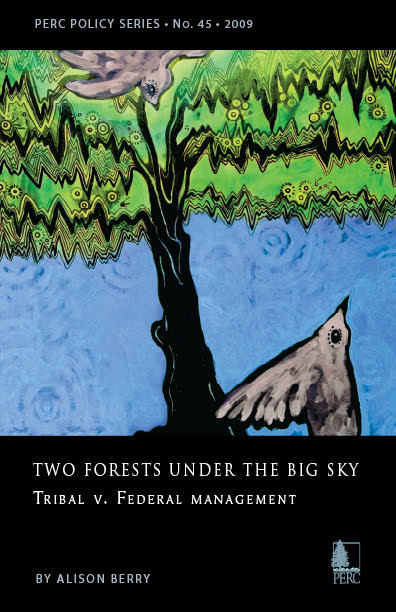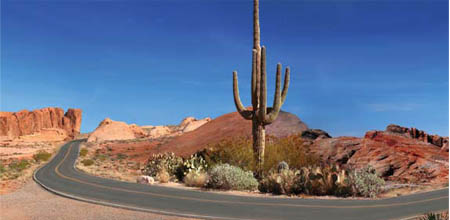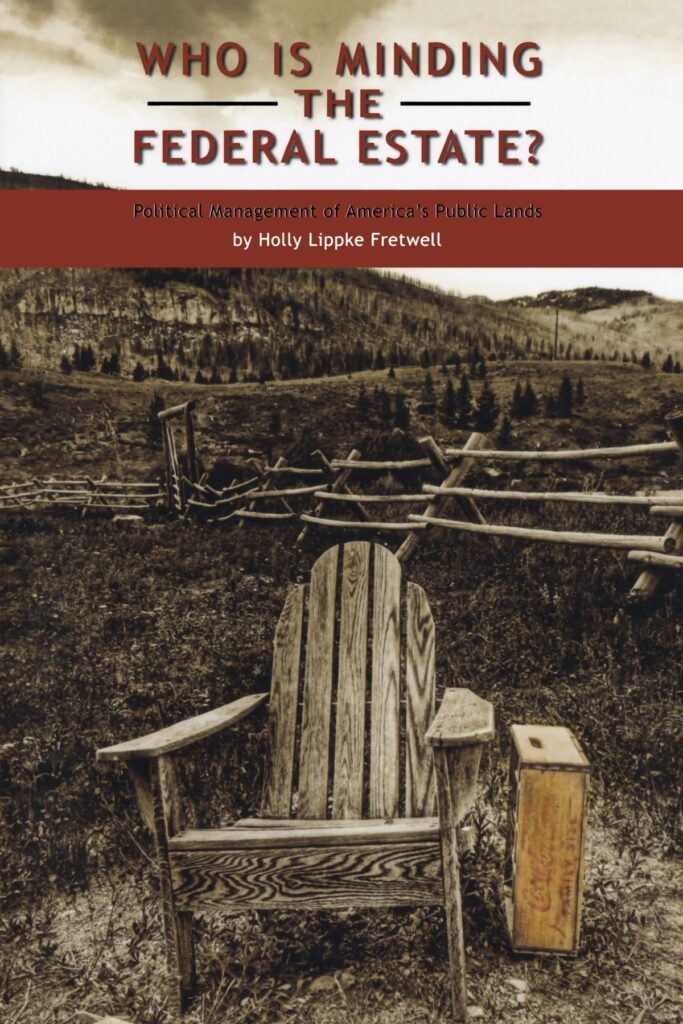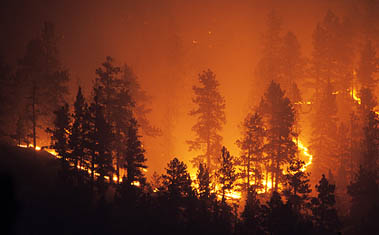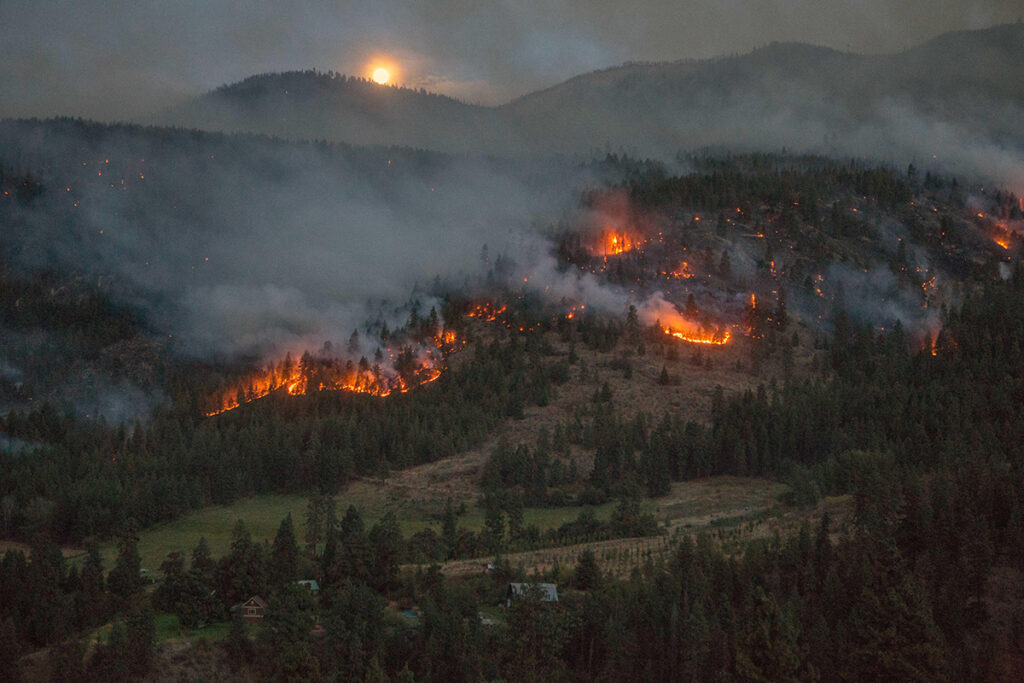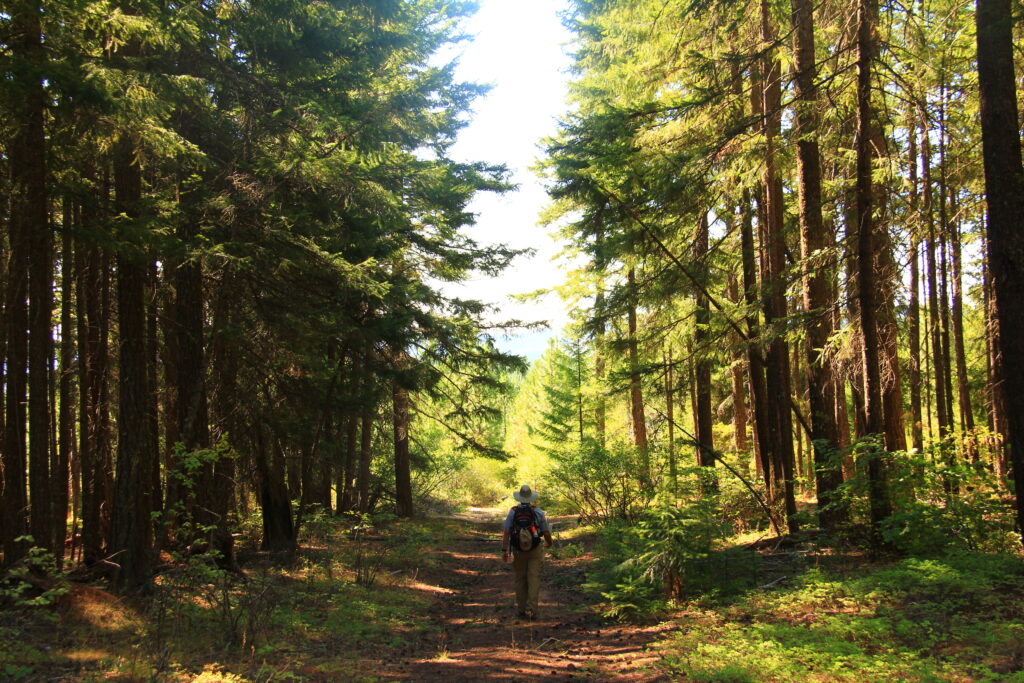All Research:
Public Lands and Outdoor Recreation
Picking Sides
By Marty Trillhaase JEERS … to Idaho schools Superintendent Tom Luna. Last week he persuaded the Idaho Land Board to drain an extra $22 million from an endowment reserve account to soften the budget hit on public schools. This week, he derailed pumping more money into it. At issue are the 521 cottage sites IdahoContinue reading “Picking Sides”
Not a walk in the park
By Katharine Herrup Although President Obama recently fulfilled his promise to better fund America’s national parks with a bill he signed Oct. 30 that will add $218 million to the parks budget next year, the small increases his administration is providing are unlikely to be enough to make up for years of neglect. Obama saidContinue reading “Not a walk in the park”
Two Forests Under the Big Sky: Tribal v. Federal Management
In this policy series, Alison Berry contrasts forest management in Montana. In her comparison one forest is operated by the United States Forest Service under the watchful eye of Congress. The other is run by Indian tribes on reservation lands.
Celebrating Wallace Stegner’s Most Quotable Words
Through the vitality and wisdom of his written words, Wallace Stegner remains an influential presence in the American West.
Who is Minding the Federal Estate?
A discussion of innovative approaches to improve the management of our public lands.
Public Land Mismanagement
Environmental, fiscal and economic irresponsibility in the name of protection.
Fire in the National Forest System
Federal fire management goes local
Forestry, biofuels and the oil crisis
Excess forest fuels could launch a viable wood biofuel industry
100 Years of Experimental Forests
Experimentation offers hope for future forest health
